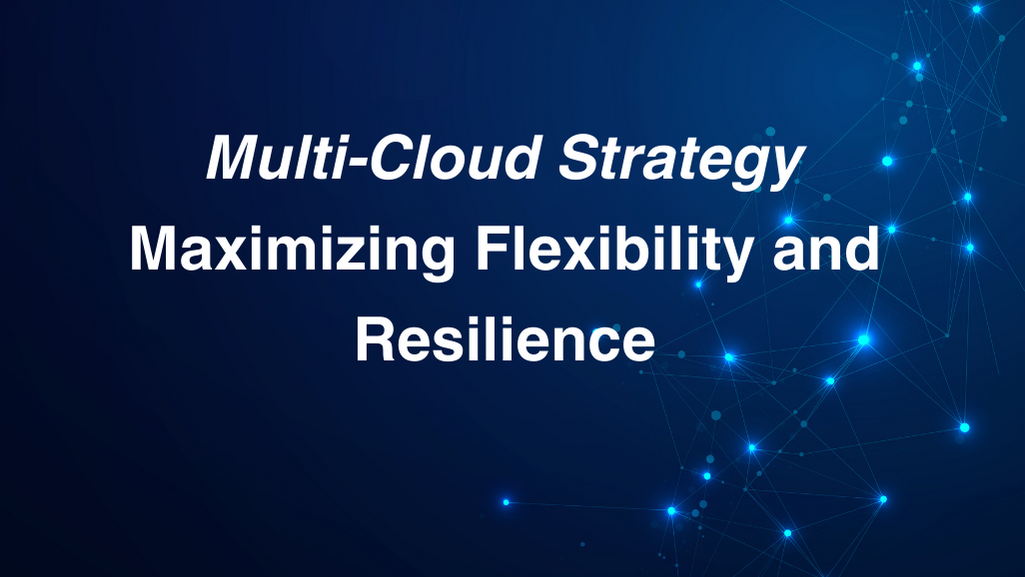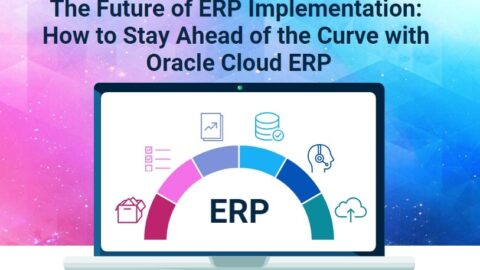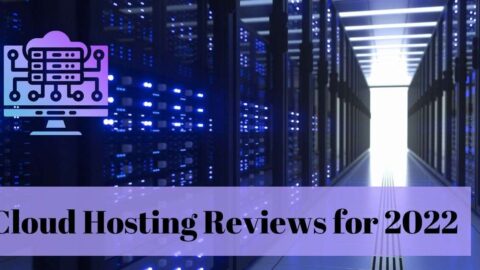Multi-Cloud Strategy: Maximizing Flexibility and Resilience
Valuable strategy or pointless expenditure? Let’s discover a multi-cloud strategy and how it can help maximize flexibility and resilience.
Table of Contents
For the past few years, multi-cloud strategy has been quite a buzzword in IT. While a vast majority of companies have adopted such a model, many pursue it without a clear purpose. It’s a shame when we know all the benefits that can stem from a well-thought-out multi-cloud strategy.
We’re going to speak here about the perks of opting for a multi-cloud strategy and how such an infrastructure can help your company reach unmatched flexibility and resilience.
Multi-cloud strategy 101
Before getting into the heart of the matter, we’re going to define what a multi-cloud strategy is and see how it was introduced in the IT infrastructure in the first place.
A brief overview of what is a multi-cloud strategy
As its name might give it away, a multi-cloud strategy describes the use of two or more cloud services coming from separate vendors. As opposed to a hybrid cloud strategy — which involves a combination of public and private cloud services — a multi-cloud strategy leverages different public cloud services as a way to allow for digital transformation and enhance business agility.
In the early days of the cloud, this process was more often than not accidental. When companies chose to migrate their data online, the different departments subscribed to cloud services without consulting each other. This indirectly led to a multitude of cloud service providers being used and the adoption of what we call now a “multi-cloud strategy.”
Multi-cloud strategy: the optimal response to an ever-changing industry?
As cloud storage became the norm, companies started deliberately adopting a multi-cloud strategy as a way to enhance network infrastructure, strengthen internal security, or fulfill specific goals that used to be unattainable with a single cloud solution.
For example, opting for a multi-cloud architecture mitigates the many risks that come with online storage. In the case of a cyber-attack or an infrastructure breakdown, a company can minimize cloud downtime and data breaches by switching to another vendor. All-in-all, a multi-cloud strategy goes hand in hand with a great risk management strategy.
Besides all the advantages, it’s safe to say that using a variety of cloud platforms isn’t a one-fits-all solution. Developing a proper multi-cloud strategy does come with its share of challenges that some smaller companies might not be able to overcome. This process requires dedicating more resources to manage the additional costs and security concerns that may arise. Failing to do so can impact IT safety and business agility.
Nevertheless, when you take a closer look at the numbers, the pros far outgrow the cons for most companies. According to a 2021 Statista study, nine large companies out of ten had a multi-cloud infrastructure, with an average of five distinct cloud providers used in big organizations. And this is the case for the majority of small businesses as well. 60% of them used more than one cloud platform at the time of the study.
How multi-cloud strategy enhances flexibility and resilience
In an age of digital acceleration, companies must adopt an agile mindset in all areas to thrive. Thus, a multi-cloud strategy allows them to grow their flexibility and resilience to a new level by optimizing their IT infrastructure in various ways.
It maximizes IT performance
As IT infrastructure keeps getting more and more sophisticated, multi-cloud enables companies to take advantage of all the best solutions. Nowadays, the optimal workload can only be reached with a whole set of apps running simultaneously. For those apps to run optimally, it’s mandatory to have different cloud platforms that suit them best. This way, you can better monitor specific factors such as backup layover or response time.
Additionally, a multi-cloud management process facilitates the implementation of innovative features in your already working processes. For instance, it can help with DevOps integration to push the digital flexibility of your company. You’ll then have an easier time bringing a completely hybrid workflow and more effective workload management through automation.
Enhance IT performance
With the increasing complexity of IT infrastructure, adopting a multi-cloud strategy enables companies to leverage the best solutions available. To achieve optimal workload performance, it is essential to utilize multiple cloud platforms tailored to each application. This approach allows for better monitoring of specific factors like backup latency and response time.
Optimize costs
Research indicates that companies spend over $1.2 million annually on cloud storage, with 80% of them exceeding this amount. By testing different providers, a multi-cloud strategy enables better cost savings as you have the freedom to switch to a more affordable option.
Avoid vendor lock-in
Adopting a multi-cloud approach helps companies avoid or reduce vendor lock-in. Relying on a single provider for an extended period can create operational challenges when migrating apps and storage. By distributing networks across multiple vendors, migration becomes simpler and more manageable.
Eliminate unnecessary operations
A multi-cloud strategy promotes flexibility and resilience by eliminating the need for in-house infrastructure used for storage. This frees up valuable resources, such as space and manpower, resulting in reduced onsite expenditures.
Shift to OpEx model
Embracing a multi-cloud strategy allows companies to transition from a Capital Expenditure (CapEx) model to an Operational Expenditure (OpEx) model. This shift offers various benefits, including lower capital costs, predictable future spending, and reduced hardware and software expenses.
Unleash the potential
By harnessing the advantages of a well-monitored multi-cloud strategy, companies can reach new levels of flexibility and resilience in their IT infrastructure. This approach has become the industry norm, enabling businesses to capitalize on the economic and operational opportunities it presents.
It helps optimize costs
Research shows that 80% of companies spend over $1.2 million on cloud storage yearly. Thus, in addition to the huge performance gains, testing different offers allows for better cost savings as you’re free to leave anytime for a more affordable provider.
One of the main reasons to adopt a multi-cloud strategy is to avoid, or at least reduce, vendor lock-in. When you’ve been relying on a single provider for many years, moving your apps and storage to a new one can be a real operational headache. In a multi-cloud setting, your networks are spread across different vendors, making it easier to migrate.
Besides all the advantages, it’s safe to say that using a variety of cloud platforms isn’t a one-fits-all solution. Developing a proper multi-cloud strategy does come with its share of challenges that some smaller companies might not be able to overcome.
It allows for eliminating superfluous operations
In a logic of enhancing flexibility and resilience, the strategy allows the removal of most in-house infrastructure that a company might be using for storage. Hence, you’ll be able to free up valuable resources, such as space and manpower, that would otherwise count as onsite expenditures.
This process allows the shift from a CapEx to an OpEx model, which can lead to many opportunities. To only name a few, it helps lower capital costs, predict future spending, and reduce hardware and software costs.
Thanks to these perks and the many others a well-monitored multi-cloud strategy can bring, this system has become the norm these past few years. Companies willing to capitalize on the economic and operational potential can thus reach a new height of flexibility and resilience in their IT infrastructure.

With more than 20 years of progressive experience as Program Manager and Project Manager had led complex IT projects/programs in a wide variety of industries in America, Latin America & Italia.
Mario Bisson Andini is an advanced Program Manager who is the founder of Bisson Training.










